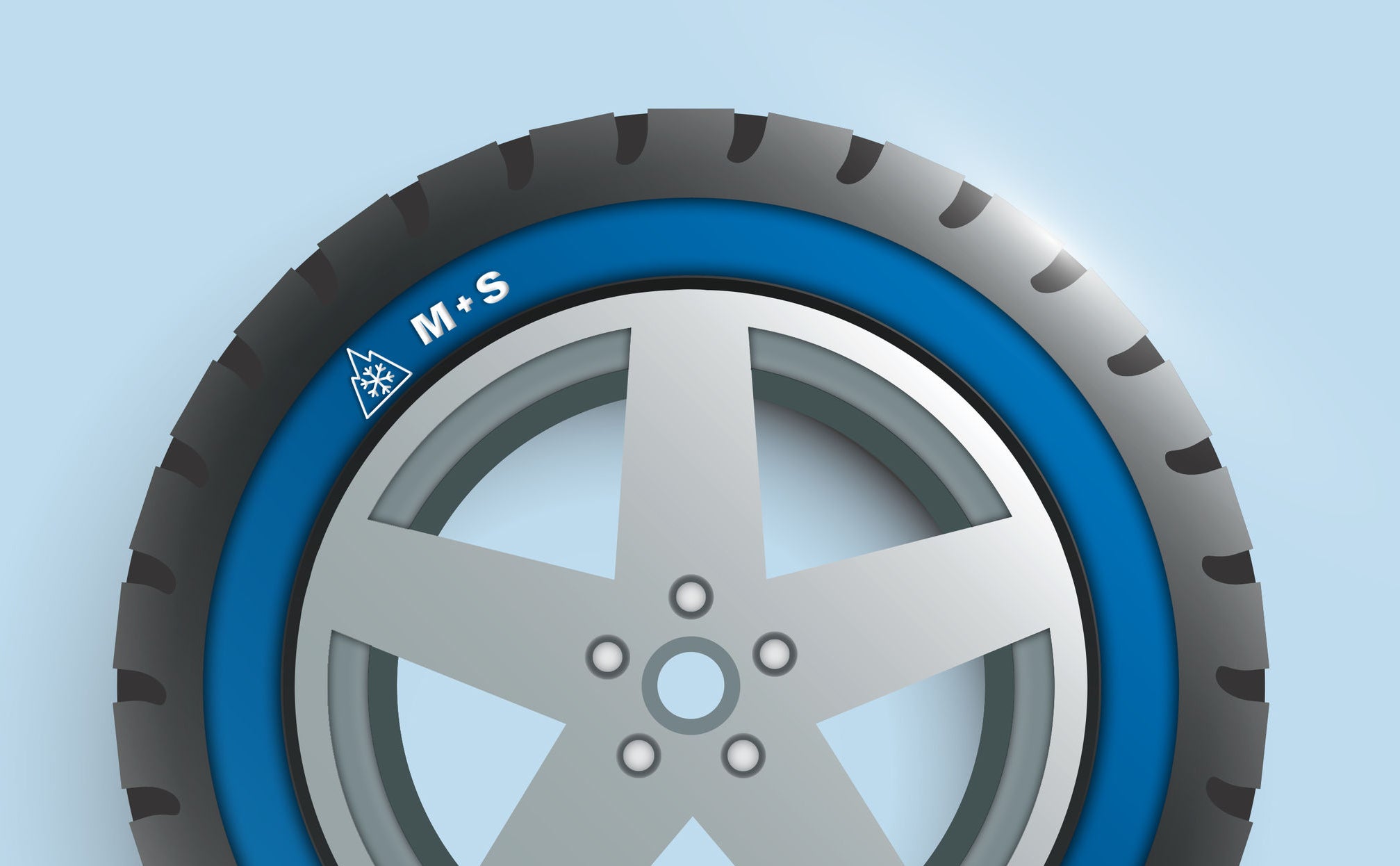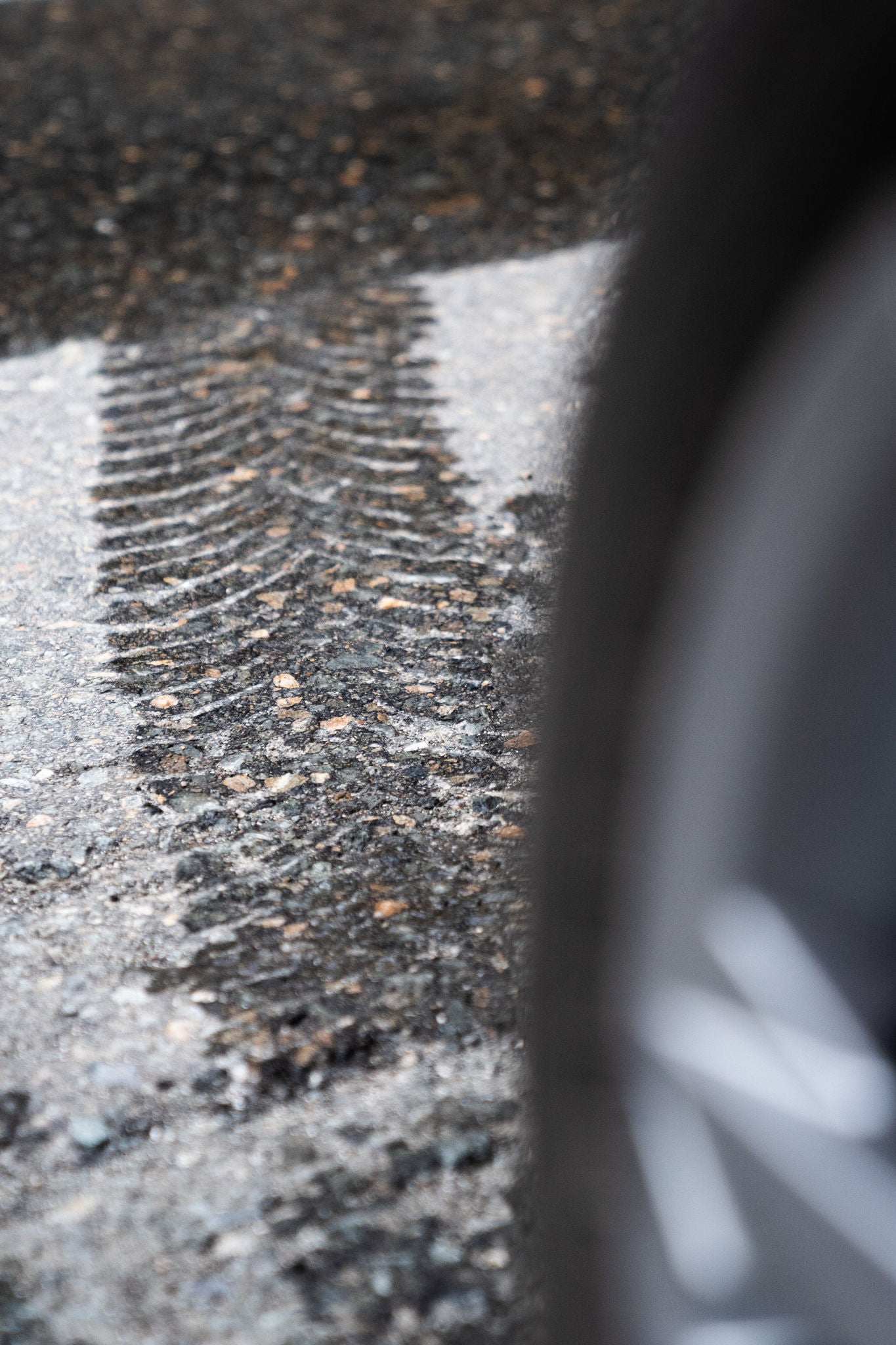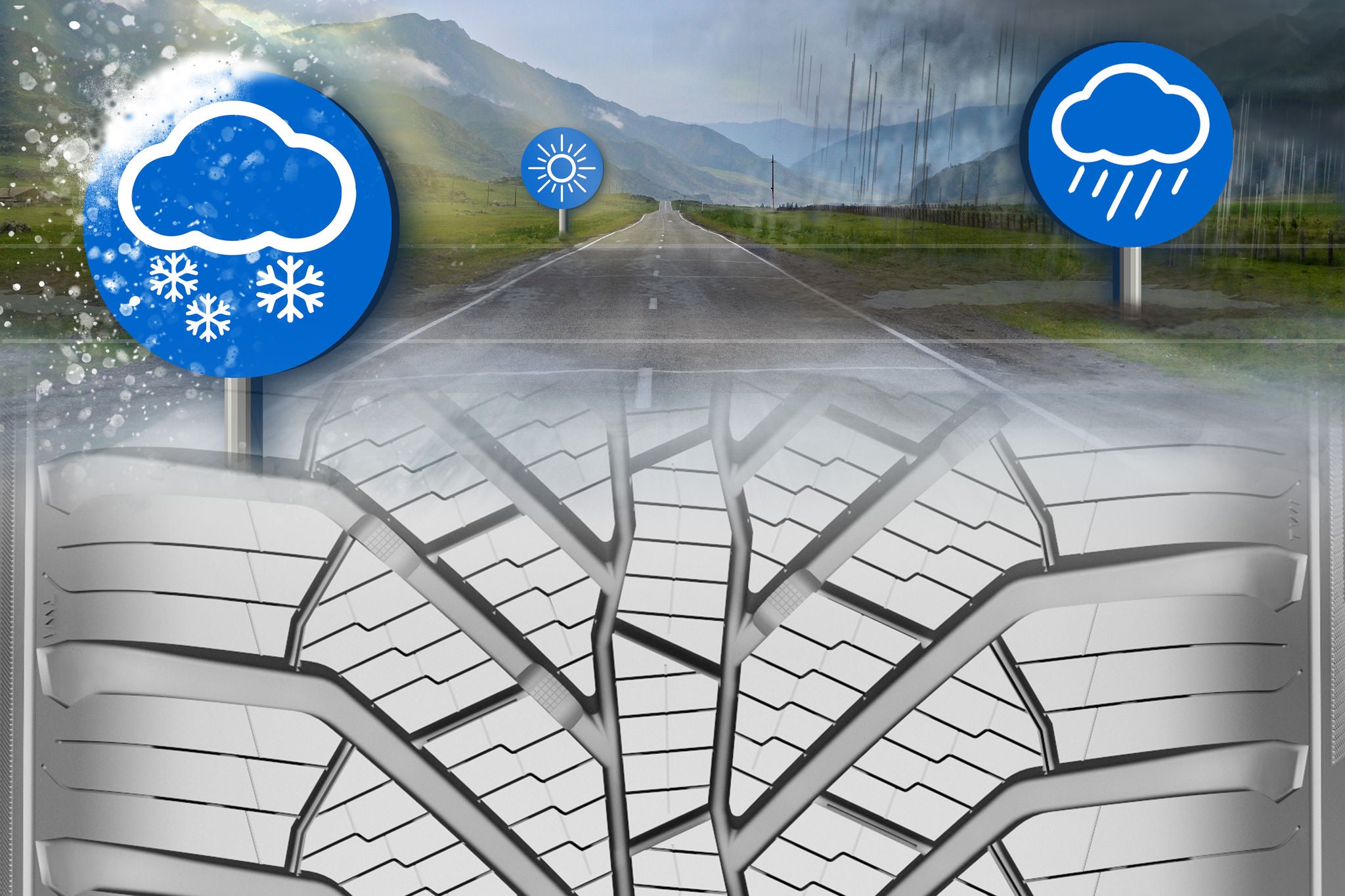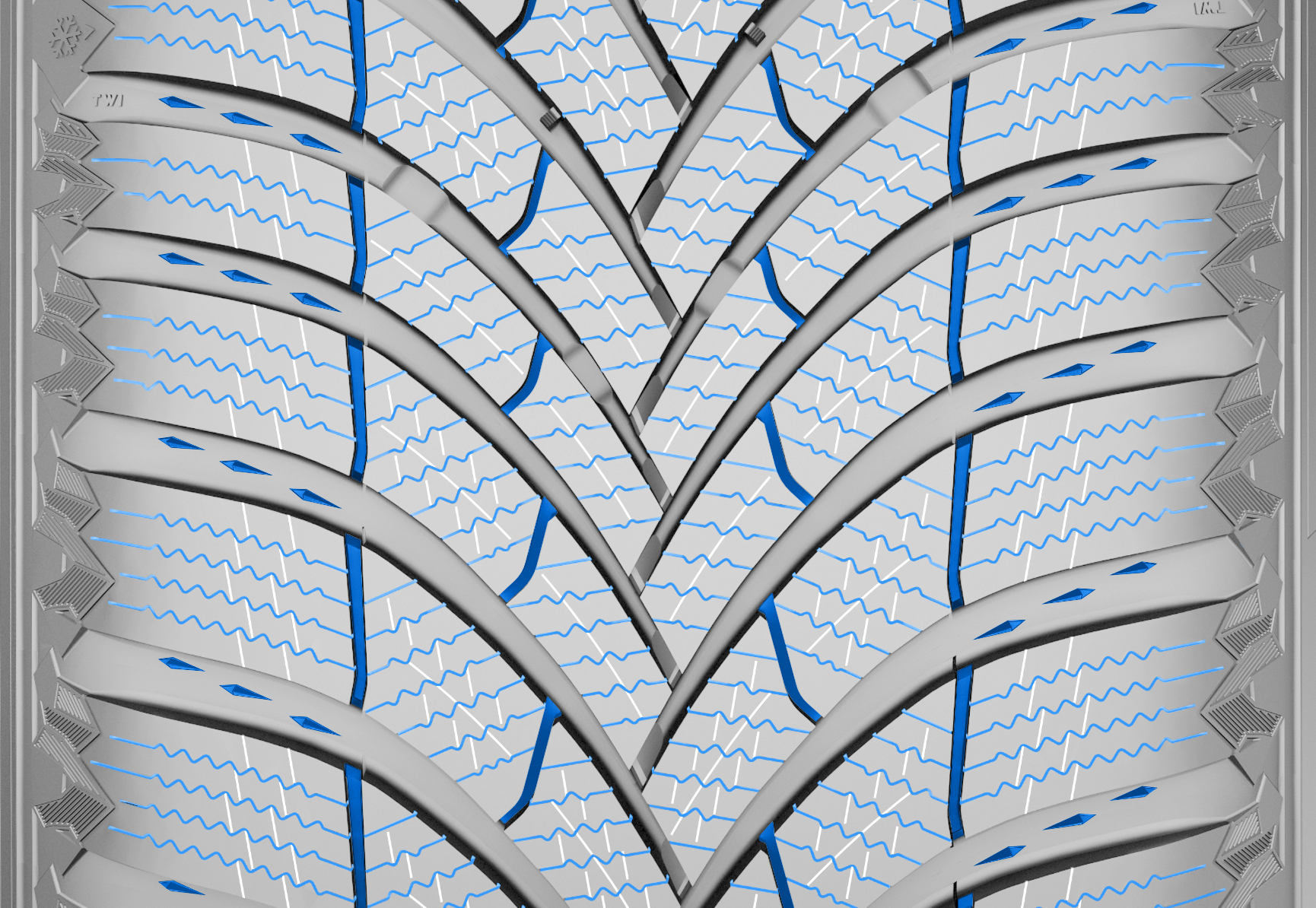This is not an easy question, but our tipps and instructions will help you to be well prepared for the different winter tyre obligations in Europe
- Following the winter tyre regulations is extremely important for your road safety during the winter season
- We will help you find out what to consider, when you buy new winter tyres
- Our FAQ will guide you through all questions concerning the winter tyre obligations
Winter tyres: Laws and regulations in Europe
Cold temperatures, ice, and snow cause slippery and difficult driving conditions. For your own safety it is advisable to fit winter tyres to your vehicle during the colder season voluntarily. But please note that in several European countries there are laws and regulations that make the switch to winter tyres mandatory.
- In Austria, for instance, there is a situational obligation to use winter tyres between November 1st and April 15th, while in Germany this obligation exists without temporal restrictions throughout the year. This means, whenever the weather conditions request the use of winter tyres, they are compulsory.
- In Belgium, Denmark and Great Britain winter tyres are not legally required at all, while several other European countries, as for example Norway, only recommend the use of winter tyres.
- Some countries, such as France and Italy, reduce the obligation for the seasonal tyre change to special areas and/or conditions and inform drivers by using road signs. In a few European countries, like Finland, Slovenia or Croatia, winter tyres are mandatory without any exception.
Further information about the regulations in Europe can be found in the graphic below or on the website of the European Consumer Center

Which tyres are suitable?
Choose the right tyre for safe winter trips. Winter tyres can be identified by special markings on the sidewall of the tyre.

- The 3PMSF (Alpine) symbol means that the tyre meets the industry standards of winter-classified tyres. It is a more stringent certification that recognizes winter tires according to UNECE regulations (valid in the European Union and various other countries) and the tire regulations of the United States and Canada. The snow performance of these tires has been proved to meet or exceed the prescribed limits through objective tests. These tires provide high performance in terms of safety and control on snow, icy roads, and generally at low temperatures.
- Tyres with an M+S label (mud + snow) are sufficient to comply with the winter tyre regulations across European countries until September 30th 2024.
For a reliable performance on icy and snowy road we recommend Semperit SPEED-GRIP 5. The attractive pattern of this winter tyre and its exceptional shoulder design guarantee a new level of stability in cornering for worry-free winter rides. The innovative technology of the sipe system with different angles ensures excellent grip and handling and shows reliable braking performance. In sum, Speed-Grip 5 combines strong winter features with a reliable dry handling and will impress you on both - dry and wet roads.
Experts do clearly recommend using winter tyres with the three-peak mountain snowflake symbol and a sufficient tread depth – please note different winter tyre regulations across Europe.
FAQs regarding the legal obligation to use winter tyres
Experts say: At a constant low temperature, we advise the use of winter tyres.
Several countries in Europe recommend or stipulate a set date for the seasonal tyre change. The period for winter tyres usually starts in November and ends in April. But of course, it is up to you, whether you start using winter tyres earlier. In case of constant low temperatures or a sudden onset of winter it is advisable to switch to winter tyres. The same applies in spring: if the weather conditions remain cold and wintery you can continue to use your winter tyres.

The answer to this question is a clear no. Safe driving on winter roads can only be guaranteed with a set of reliable winter tyres. There are several arguments against the use of summer tyres in wintertime.
- Loss of traction and poor grip
- Lower rolling resistance
- Poor acceleration
- Long brake distances
- Rubber compound of summer tyres can brittle with low temperatures

Winter tyres perform the best at cold temperatures due to the rubber compound of the tyres. A higher percentage of natural caoutchouc guarantees a better grip and flexibility, while the profile ensures secure driving on ice and snow by virtue of the profound tread patterns and sipes.

Lower tread depth causes a decline of the braking performance on ice or snow-covered roads. Therefore, it is advisable to keep track of your tyre profile. Legal requirements vary strongly from one country to another. You must absolutely replace tyres when the tread depth falls below 1.6 mm – this is not only unsafe but also illegal. Some countries do request even higher standards though – e.g. Finland and Norway: 3 mm, Romania: 2 mm, Serbia or Austria: 4 mm.
We recommend consulting local laws and considering the regional weather conditions before taking a trip abroad in winter. For your own security please consider that tyre performances decrease with the tread depth.
